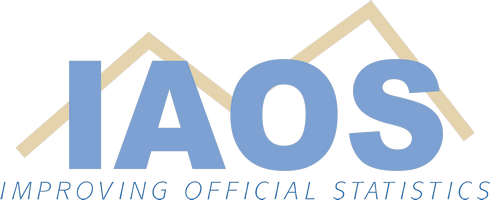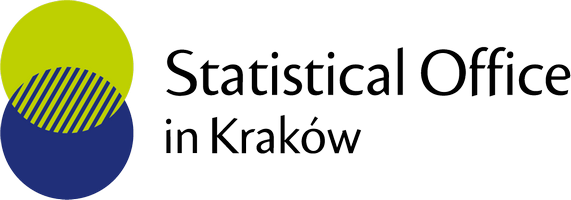| Organizer | Prof. Dr. Partha Lahiri | United States | | |
| Chair | Prof. Dr. Wlodzimierz Okrasa | Poland | | |
| Speaker | Dr. David Newhouse | USA | Small Area Estimates of Monetary poverty using satellite data: Evidence from Mexico | This presentation will discuss integrating survey data with geospatial data for small area estimation. Supplementing survey data with geospatial data greatly improves the precision and accuracy of poverty estimates for Mexican municipalities. Using Empirical Best Predictor or Bayesian methods is crucial with geospatial auxiliary data, and the former offers an attractive combination of well-accepted theory, transparency, and relative simplicity. Household-level models generate slightly more accurate estimates than village level models and significantly more precise estimates than area-level models. In Mexico, however, five year old estimates derives from census data are more accurate than current geospatial small area estimates. |
| Speaker | Ms. Francesca Grum | Italy | Challenges and lessons learned in using small area estimation for official statistics – how do we help countries | To help countries in producing more disaggregated SDG data using SAE technique, the Inter-Secretariat Working Group on Household Surveys, in collaboration with the Inter-Agency and Expert Group on Sustainable Development Goal Indicators (IAEG-SDGs), is producing a Toolkit on Small Area Estimation (SAE) for SDGs. The Toolkit provides broad guidance on steps of using small area estimation including assessing user needs and input data availability, carrying out analysis and evaluation exercises and communicating the results with users and policymakers. The paper will discuss the way forward for the global statistical community and the researchers to assist countries in this area. |
| Speaker | Dr. Andrés Gutiérrez | Chile | Poverty Mapping in Latin America: ECLAC recent experiences | Poverty mapping is a valuable tool for governments and international organizations to identify the geographical areas and population groups that are most deprived or vulnerable. This document presents the recent experience of the Statistics Division of the UN Economic Commission for Latin America and the Caribbean (ECLAC) in using Small Area Estimation (SAE) methods to combine information from satellite imagery, censuses, and household surveys to deliver poverty estimates at the provincial, communal, or municipality levels, which could not be attained using the household surveys alone. |
| Speaker | Dr. Diana Dilshanie Deepawansa | Sri Lanka | New Index of multidimensional poverty | In recent years, Sen’s Capability Approach has widely been adopted in measuring poverty although official poverty figures in most developing countries continue to derive through monetary approach. Nevertheless, existing analytical methods in measuring poverty multi-dimensionally continue to suffer due to some limitations. Hence the author developed a new approach to measure poverty multi-dimensionally and empirical application was done in the context of Uva province in Sri Lanka. Contents of the presentation are; Introduction, Literature reviews and existing limitations, Theoretical Foundation and conceptual framework, new method used to measure multidimensional poverty, Empirical applications, Significance of the method and policy directions. |
| Discussant | Prof. Dr. Danny Pfeffermann | Israel | | |
| Discussant | Prof. Dr. Partha Lahiri | USA | | |


